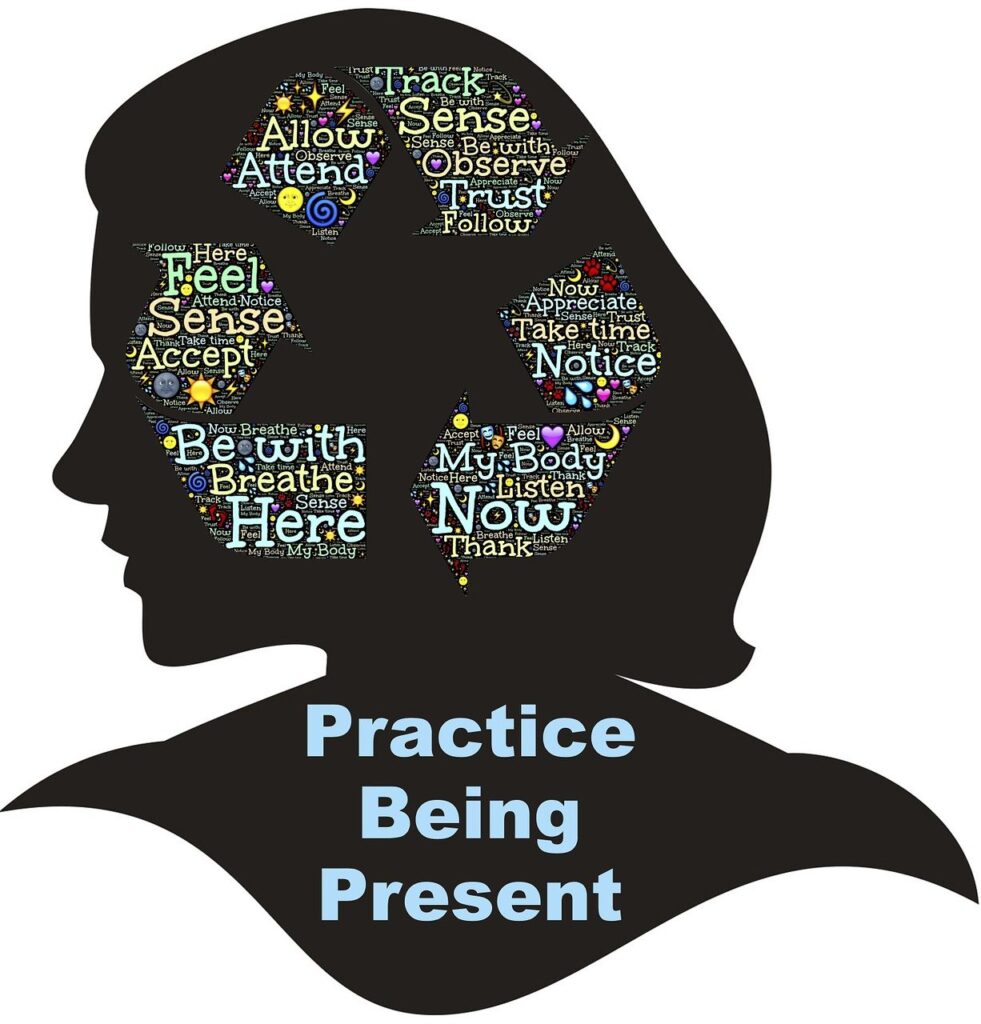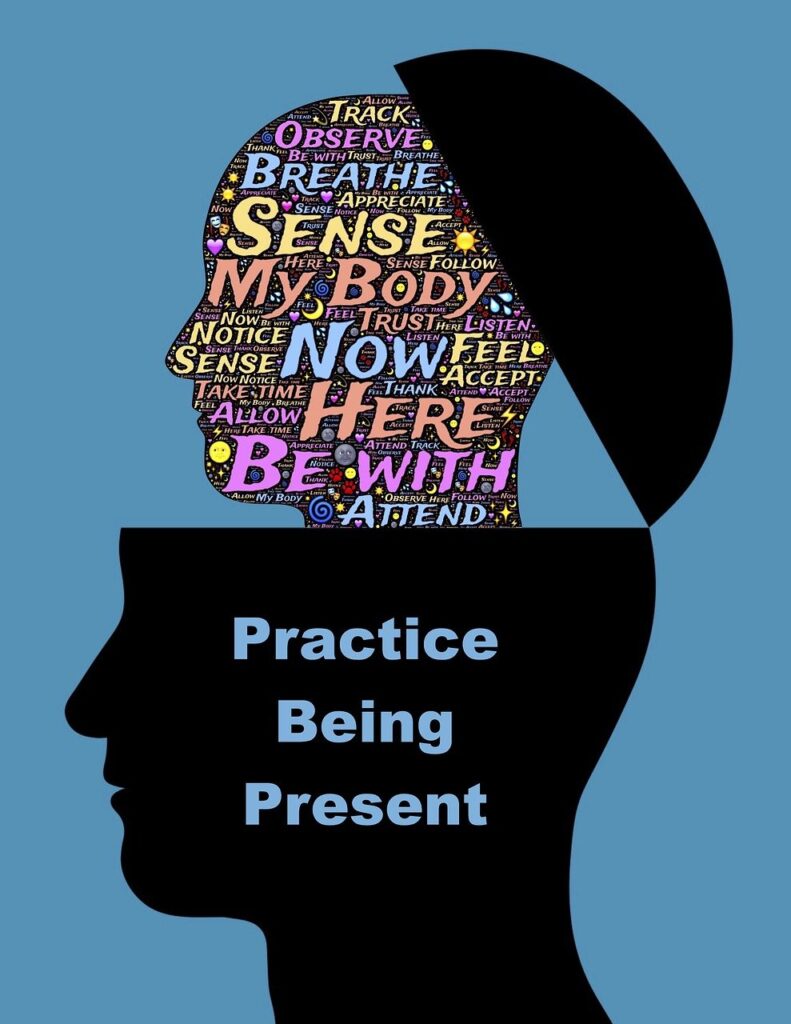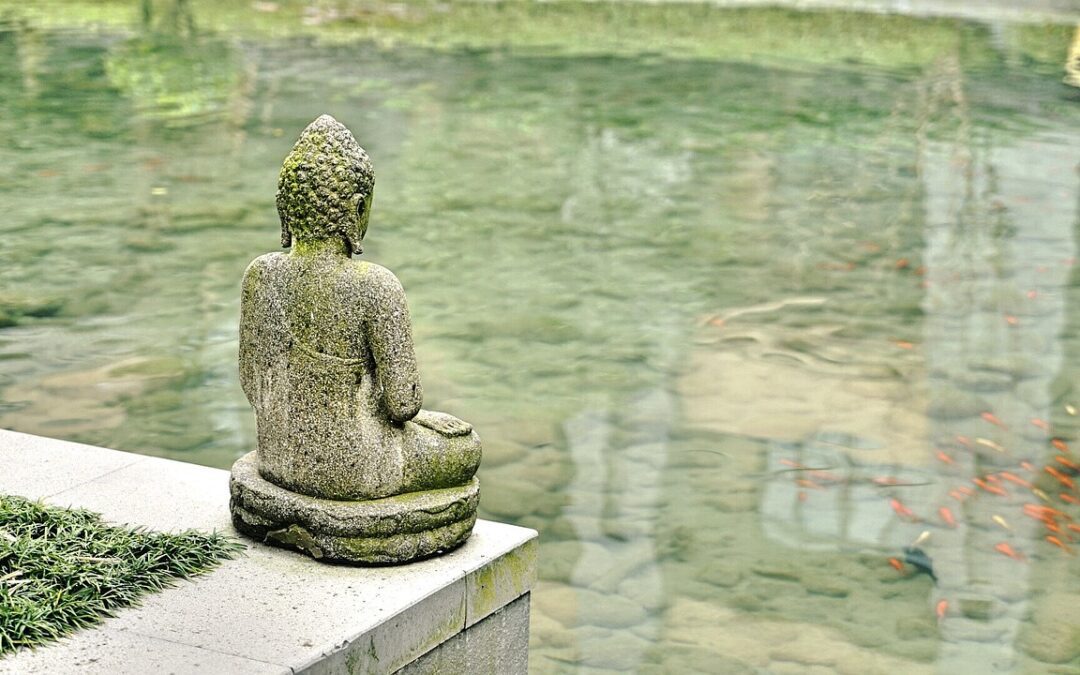In today’s fast-paced world, finding moments of peace and tranquility can feel like a luxury. However, amidst the chaos, there lies a timeless practice that can bring profound calmness and clarity to our lives – meditation.
Meditation is one of the techniques often used for stress management. A person who is riddled with problems often finds it hard to focus, which often leads to more problems.
Meditation techniques help a person achieve a calm state of mind without having to resort to drugs or relaxation tools and implements.
At its core, meditation is a practice that involves focusing the mind and cultivating awareness. It’s about being present in the moment, observing thoughts without judgment, and connecting with our inner essence.
While meditation has roots in various spiritual traditions, it’s not exclusive to any particular belief system. Anyone, regardless of their background or beliefs, can benefit from incorporating meditation into their daily routine.

Remember that meditation is not a one shot deal. It is almost impossible to attain a calm state of mind in just a matter of minutes, especially if it’s your first time.
It is essential that you keep on practicing meditation until you have conditioned your mind to instantaneously achieve that calm state just by thinking about it.
Here are some steps for a beginner to start with meditation as their Stress Management strategy.
Recommended Practice for Beginners: Mindfulness Meditation Technique
The objective or purpose of mindfulness meditation is to cultivate present-moment awareness, non-judgmental observation, and acceptance of one’s thoughts, feelings, sensations, and surroundings. Unlike traditional forms of meditation that may focus on achieving specific states of consciousness or transcending the self, mindfulness meditation emphasizes being fully present in the here and now. Not only during meditation but in all day-to-day actions.

Mindfulness meditation is an excellent starting point for beginners due to its simplicity and effectiveness in promoting present-moment awareness. Here’s a step-by-step guide to help you get started:
1. Find A Quiet Space To Start Your Meditation.
Distraction is a hindrance to those who are still starting out with meditation. When you close your eyes, your sense of hearing will be twice as good, so almost any noise in your surroundings will make it hard for you to concentrate. For beginners, it is important to start out in a quiet place in your home where noise is non-existent. Close your windows and lock your door. If possible, you can tell everyone in your home to minimize their noise so that you won’t get distracted.
2. Ready Your Position.
It is advisable for beginners to avoid lying down when practicing meditation. The aim here is not to sleep, and it is likely that you will fall asleep if your mind reaches a relaxed state. To stop this from happening, you can start your meditation in a lotus position or you can find a chair you can sit on. Make sure that your back is straight and your hands are relaxed on the armrest or on your lap.
3. Settle into the Moment
Close your eyes gently and take a few deep breaths, allowing your body to relax. Feel the sensation of the breath as it enters and leaves your body.
4. Focus on Proper Breathing.
A good way to start meditation is to do the proper breathing exercise. You inhale through your nose and exhale through your mouth. This way, you can come up with a rhythm that you can easily focus on. Also, the amount of oxygen in your body will help to keep you relaxed. Keep practicing your breathing until you can do it easily without having to think about it.
5. Focus On Your Mind. Be Present.
While you are concentrating on your breathing, you will achieve a state wherein your mind will start throwing images at you. These are mostly random events of the day, future plans, problems and worries, fears and so on. It will be hard to ignore these thoughts and you are not supposed to ignore them. The gist here is to acknowledge these thoughts when they enter your mind and then release them without getting caught up in them. Imagine them as clouds passing through the sky, allowing them to come and go without attachment.
This might sound hard but here is a simple example to understand the concept. You know that you have furniture at home, you can see it clearly with your eyes, but you are not really concentrating on it. Focusing on the furniture will usually make you think of its color, its material, how it looks in that part of your home, and more. You need to be able to look at these random thoughts in a detached state, seeing them clearly in your head but not focusing your attention on it.

There will come a time that these random thoughts will stop and you will notice that you are already in a blank space in your mind. This is the state you want to achieve during meditation. This is the place where you can think about your problems and focus on it till you can }nd a solution for it.
6. Cultivate Awareness and Practice Non-Judgment
Shift your focus back to the breath whenever you find your mind wandering. Stay anchored in the present moment, fully experiencing each breath as it unfolds.
Let go of any expectations or judgments about your meditation experience. There’s no right or wrong way to meditate – simply observe whatever arises with acceptance and compassion.
7. End with Gratitude
After 10-15 minutes of practice, slowly open your eyes and take a moment to express gratitude for this time of self-care and reflection.
With these steps, you have successfully mastered the basics of meditation for your stress management program.
Conclusion and General Recommendations for Meditation
To conclude this article, here are some recommendations for your meditation practice
Start small. Begin with just a few minutes of meditation each day and gradually increase the duration as you build consistency.
Establish a routine. Incorporate meditation into your daily schedule, whether it’s first thing in the morning, during a lunch break, or before bed.
Experiment with different techniques. Explore various meditation styles, such as loving-kindness meditation, body scan meditation, or guided visualization, to find what resonates with you.
Be patient and persistent. Like any skill, meditation requires practice and patience. Embrace the journey and trust that each moment of mindfulness brings you closer to inner peace.
As you embark on your meditation journey, remember that it’s not about achieving a specific outcome but rather about nurturing a deeper connection with yourself and the present moment. By cultivating mindfulness and awareness through regular practice, you can unlock a profound sense of serenity and fulfillment that enriches every aspect of your life. So, take a deep breath, quiet the mind, and discover the boundless peace that resides within you.

